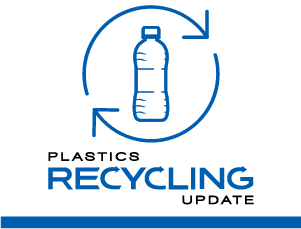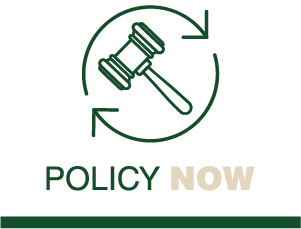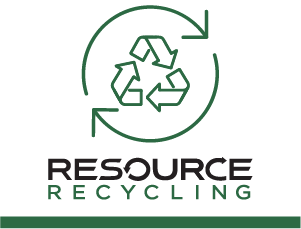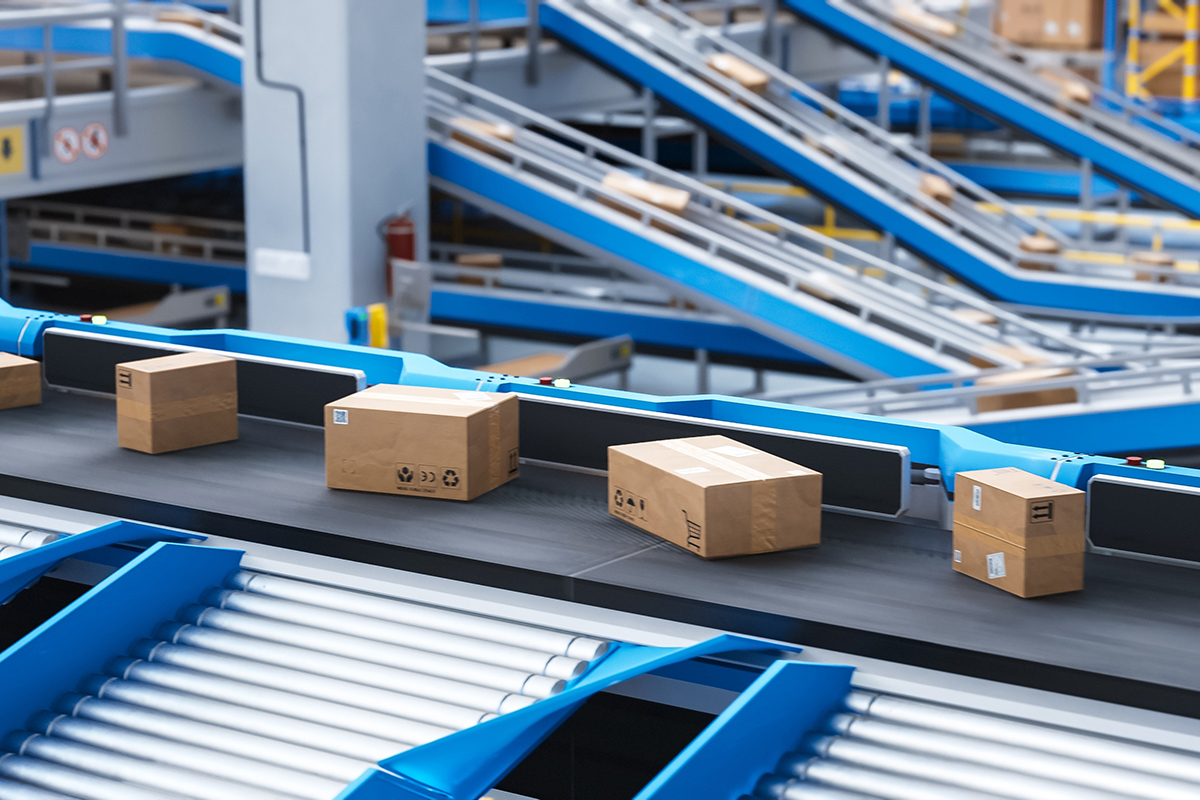Several U.S. paper and packaging companies moved to reshape operations as they reported second-quarter results amid market softness, cost pressures and shifting demand.
Taken as a whole, the companies indicated attempts to balance a more efficient footprint via infrastructure buildout with shifting demand, volatile raw-material costs and policy uncertainty.
Graphic Packaging is moving aggressively to reduce inventory ahead of starting up its new plant in Waco, Texas, in Q4, executives said during a July 29 investor call. They also flagged unusually soft consumer spending and cost pressures impacting the project, which will have an annual capacity of around 550,000 tons a year of recycled paperboard.
CEO Mike Doss said the company could not reliably predict what the second half of the year would hold, “because we don’t have a ton of insight from customers. They’re telling us that they’re going to promote. They told us that last year.” And selling the subsequent overstock took up the first six months of 2025, he added. “So we’re not doing that.”
Amid the oversupply, Graphic Packaging reduced production in Q2, despite seeing “modestly better” volumes in the Americas. Doss attributed the higher sales volumes to an increase in beverage promotion and targeted promotional activity in food and foodservice.
Doss noted that the new 15% tariff level was a “modest net positive” for the company. Graphic Packaging exports more than 200,000 tons of product to its own European operations rather than selling it there, he said, and the new trade agreement does not hinder the company’s ability to transfer product between its locations.
In addition, the new agreement focuses on other trade barriers, especially surrounding the EU Deforestation Regulation, he said. And despite the prevalence of inexpensive imported products, local suppliers maintain an advantage due to proximity, Doss said.
In June the company permanently closed its coated recycled paperboard mill in Middletown, Ohio, as part of a previously disclosed consolidation into its Kalamazoo, Michigan, facility and the new Waco site. Around 130 employees were affected by the closure. The East Angus, Québec, plant is also slated for closure once the Waco plant opens.
Doss also praised the recent addition of paper cups in the bale specifications developed by the Recycled Materials Association (ReMA). And in its most recent sustainability report, Graphic Packaging reported a rising share of post-consumer content in its products.
International Paper noted during its July 31 investor call that although North American demand was softer on the year, amid tariff-related economic uncertainty, the company expected momentum from slight demand recovery in June to continue in Q3.
In addition to its previously announced shutdown of the Red River containerboard mill in Campti, Louisiana, the company also has closed two plants in Edinburg, Texas, since May. Management described softer volumes in Q2 and singled out tariffs as a drag on industrial production and box demand while noting modest improvement entering June.
During a July 24 investor call, Packaging Corporation of America executives cited industrywide capacity cuts of around 6% from competitor closures this year as supportive of pricing and plant utilization rates. They also highlighted having fully realized earlier price increases in Q2, which helped offset inflation and lower production, though they continue to watch for tariff-driven order fluctuations.
PCA expanded strategic capacity when it agreed on July 1 to acquire Greif’s U.S. containerboard business for $1.8 billion. The transaction includes two mills with about 800,000 short tons of capacity and eight sheet or corrugated plants and is expected to close by the end of Q3.


























